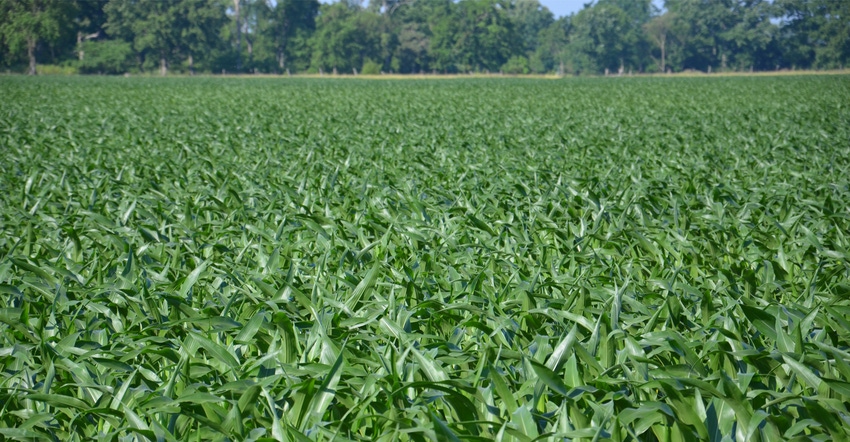
For over two decades Greg Knuebuhler has worked closely with projects aimed at helping farmers use nitrogen more efficiently. Knuebuhler, owner of G&K Concepts, Harlan, has seen many things that work, and many practices that typically aren’t as effective.
Kneubuhler is also an Indiana Certified Crop Adviser. Recently he shared his thoughts about seeking optimum nitrogen efficiency for corn with Indiana Prairie Farmer.
IPF: Why is making decisions about nitrogen so difficult?
Kneubuhler: Nitrogen management in corn is a several-hundred-million-dollar question. There is no straightforward answer, which is always frustrating. But because the amount of nitrogen needed is greatly affected by the amount of rainfall received, there will never be a simple answer.
IPF: Where can you start to get a handle on making nitrogen-based decisions?
Kneubuhler: Any answer about nitrogen should consider the specifics of your farm, or the answer is misleading, at best, and just plain wrong, at worst. So consider the rest of my responses with that in mind. My advice is to seek out the correct answer by finding guidance like we provide our customers on a field-by-field or zone-by-zone basis.
IPF: What is the 4R concept all about?
Kneubuhler: The 4R framework is about selecting the right rate, right timing, right placement and right form for applying nitrogen. In general terms, ammonia is a great form of nitrogen because it is immediately plant-available. In the ammonium form, nitrogen is protected from loss by the soil’s exchange capacity.
IPF: What are the most common forms of nitrogen loss?
Kneubuhler: Nitrogen can disappear in gaseous or water-carried forms. To help protect against these losses, we should time our applications as close to plant uptake as possible. We know that maximum nitrogen uptake happens in the late vegetative to early reproductive stage in corn. Therefore, optimal timing for highest rates of nitrogen application is in-season. The longer nitrogen is in the soil without being taken up by the plant, the more susceptible it is to loss. If you’re applying anhydrous ammonia, no matter when you make the application, make sure it is placed deep enough so you can get full closure of the trench.
IPF: How do you help someone determine how much nitrogen to apply?
Kneubuhler: Rate is the hardest question. If I had a 100% accurate way of predicting rates, we would all be wealthy. However, I will tell you this. Rate is heavily controlled by two things: recoverability and mineralization. As recovery and mineralization get higher, your rate requirement to achieve maximum economic results goes down, and vice versa.
IPF: How does this fit with how rates are typically determined?
Kneubuhler: You may find this contrary to historical practices. Traditional yield goal methods for rate determination had farmers putting on more nitrogen in high-yield situations. Our experiences have been that high yield is generally the result of high mineralization and recoverability capacity.
IPF: What is your parting advice?
Kneubuhler: I could go on about nitrogen management for a long time. However, speaking in generalities is dangerous. The best advice I can give is to find someone knowledgeable that you trust to help guide these decisions.
About the Author(s)
You May Also Like




